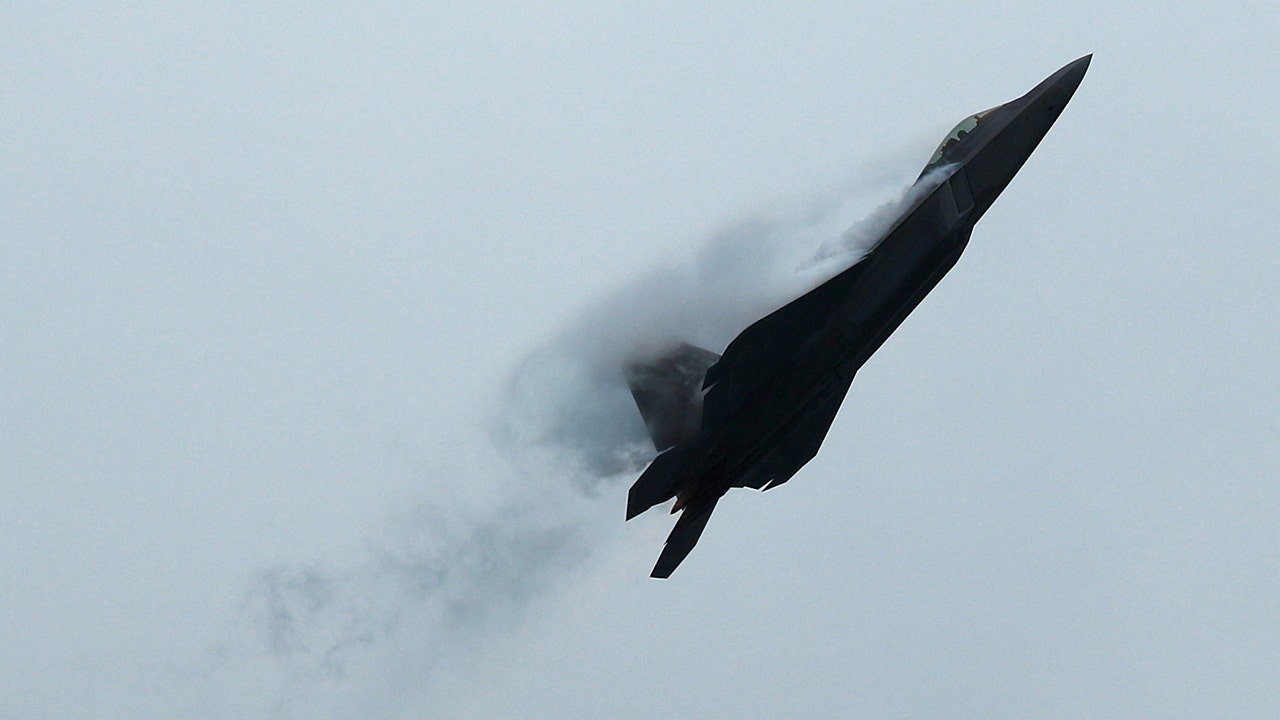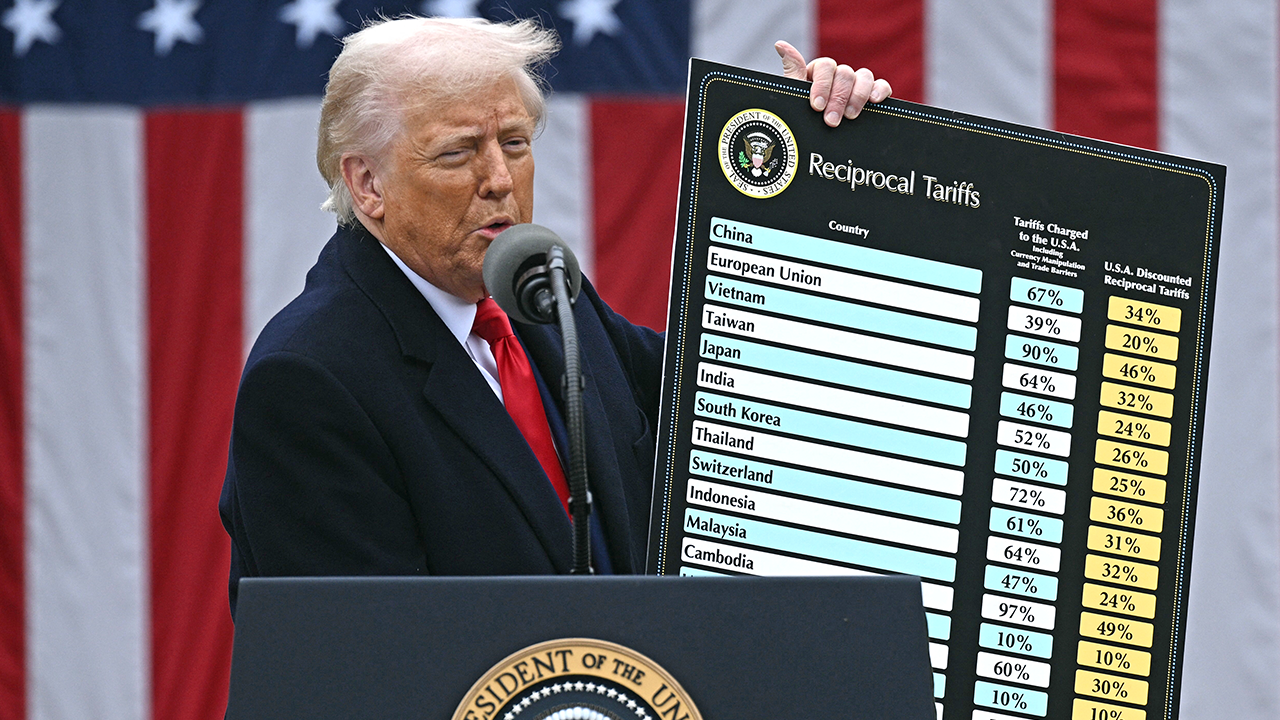Pentagon set to award US Air Force’s next-generation fighter jet contract, sources say

The Pentagon is on the verge of announcing its decision on a groundbreaking next-generation fighter jet contract, valued at over $20 billion, as early as Friday. This move comes after initial concerns regarding budget limitations and shifting priorities. The Next Generation Air Dominance (NGAD) program is poised to replace Lockheed Martin’s F-22 Raptor with a cutting-edge fighter designed to work in tandem with drones.
Two aerospace giants, Lockheed and Boeing, are currently in fierce competition for the engineering and manufacturing development phase contract, which is expected to be worth billions of dollars. The selected winner will secure a substantial amount of orders over the contract’s lifespan, providing long-term stability for their business operations.
NGAD is envisioned as a “family of systems” centered around a sixth-generation fighter jet, aimed at equipping the United States with advanced air dominance capabilities to counter potential threats from countries like China and Russia. Despite earlier uncertainties under the previous administration, the program has gained momentum under President Donald Trump’s leadership.
Last year, the NGAD program faced challenges such as potential delays and budget constraints, leading to discussions about altering design elements or reallocating resources to unmanned drone initiatives. However, the forthcoming announcement indicates that finalized designs from last year will be selected for the NGAD program.
For Boeing, a victorious outcome would provide a significant boost to its fighter jet production operations in St. Louis, Missouri, amidst struggles in both its commercial and defense sectors. On the other hand, a loss would add to Boeing’s existing challenges.
Meanwhile, Lockheed recently lost out on a competition to construct the Navy’s next-generation carrier-based stealth fighter. If unsuccessful in securing the NGAD contract, Lockheed is likely to focus on strengthening its F-35 fighter jet program and expanding international sales of its F-16 jets.
In conclusion, the imminent decision on the next-generation fighter jet contract represents a pivotal moment for the aerospace industry, with far-reaching implications for the future of military aviation technology. Stay tuned for further updates on this groundbreaking development.




